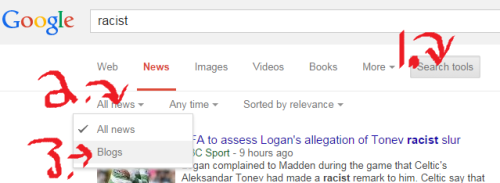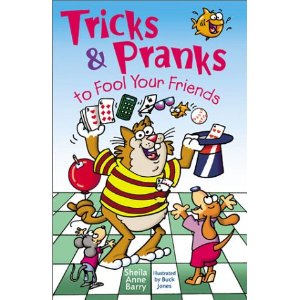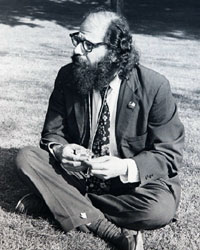Of her actual talk, not much. I remember liking her, and how her eyes thinned when she smiled. Worse yet, she couldn’t have spoken in the room I’m remembering (which is in Virginia, and I heard her speak at Rollins College, in Florida), and I don’t know who invited her or what she said.
I mean, let’s be honest: what I really remember is me: my question. “How . . . how accurate would you say your dialogue is? In The Liar’s Club?” I asked after her reading. “It, I mean you were just a child when those events happened.”
(Let’s note that I’m using dialogue here, too, now.)
She laughed. “It’s not like I had a tape recorder.”
That’s all I remember from the event. That and a manila envelope she handed me at the end. In it: a short story I had typed and printed, her comments handwritten on it.
I was a college student, taking a creative writing class that I suspected I didn’t much like, writing fiction I also suspected I didn’t much like. (I was probably a sophomore, which makes this a year after my class on the personal essay, a class where I was amazed to like everything I wrote, all of it, every opportunity for weekly essays a chance to say more about me, me, always me, and always beautiful and powerful and my favorite. Why was I even taking fiction?)
But however uncertain I felt about this fiction class, the professor said I would be the one student whose writing would go to visiting author Mary Karr in advance, for her to read and comment on and deliver lovingly at the end of her reading, like a present. I had read The Liar’s Club and liked it (even though I definitely threw it across my dorm room at one point, but it was a sympathetic sort of throwing, a horror at what she went through, you have to believe me here), so I was pleased at being chosen, but I think I was also kind of confused and didn’t really get it. That is, it was a bigger deal to be chosen than I really realized at the time, but I was too wrapped up in how my stories weren’t very good to notice.
When I looked through what I had to send her, I assumed I had to pick something I had written in this fiction class. (Is that true? Did the teacher insist on it?) So instead of giving her one of the essays I loved and wanted to work on forever, I chose a story–but, tellingly, one of those stories that was essentially 90% memoir with 10% fiction. That must be why I liked it: it was about me. (Shh!)
The 90%: someone who was essentially me was talking to someone who was essentially a friend from high school in a fake cafe on a real road by a real marsh. We talked about why our mutual attraction never quite turned into anything beyond friendship and how her later relationships complicated it. The 10%: the cafe didn’t really exist, and neither did the conversation (at least not all at one time, with those words). I called the story “Marsh Land” at the last minute and hoped that its lack of meaningful action or change (one long conversation in one marshy cafe) would make it feel modern or something, like overlong dialogue from a Quentin Tarantino movie.
What I remember from Karr’s feedback: only one thing: the moment, 3/4 of the way through the story, where I accidentally used “I” instead of “he” on a dialogue tag. She caught it, writing something like “A telling mistake?” in the margin. Mortified, I stuffed the manuscript back in the envelope. I never revised the story.
Next fall, I’m teaching creative nonfiction for the third time, and we’re reading Karr–The Liar’s Club, of course, paired with her new The Art of Memoir. While I eat lunch in my office these days, so much like the office of my essay and fiction professors, I’m reading Lit, her third memoir, chapter by chapter, each little chunk now associated with the salad or sandwich I brought that day.
So she’s on my mind a lot these days. And every time she shares something, here in her books, it has that feeling of a person honoring someone else with the truest meaning they have at their disposal, and I smile and nod in thanks, realizing that all I gave her was a cover-up, a not-quite-really-myself character who I couldn’t even bury as far as I thought I could, and I never even took her advice about how to make him work better.







